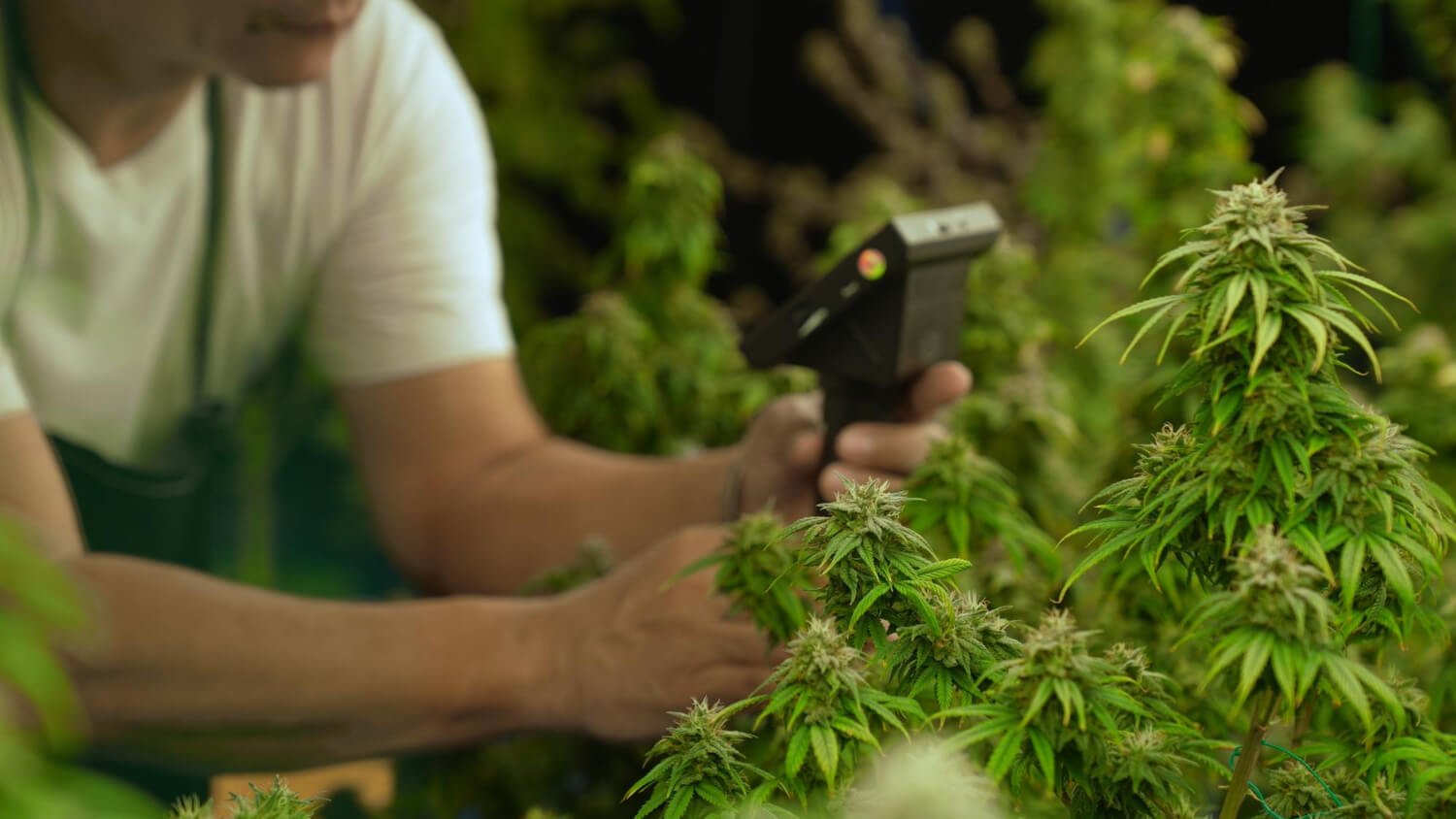The Alberta Gaming, Liquor and Cannabis Commission (AGLC) has reversed a controversial policy change that affected the inclusion of cannabinoids CBN (cannabinol) and THCV (tetrahydrocannabivarin) in THC (tetrahydrocannabinol) totals. In a letter sent to licensed cannabis producers on September 18, the AGLC admitted to a misinterpretation of federal messaging and stated that it would relist and accept new products containing these cannabinoids without including CBN and THCV when determining THC levels until it receives clear direction from Health Canada.
Miscommunication Between AGLC and Health Canada
The policy reversal follows mid-August announcements by the AGLC to some producers that they would be required to include the amount of CBN and/or THCV in the total THC content of their cannabis products. The AGLC claimed that its decision was based on messaging from Health Canada and mirrored implementation in other provinces, such as Ontario, through the Ontario Cannabis Store (OCS).
However, their communication seems to have been based on a misunderstanding of Health Canada’s intent, which reached out to the cannabis industry in March for feedback on potential amendments to its Cannabis Regulations. The agency specifically asked whether limits on delta-9-THC in cannabis products should apply to all intoxicating cannabinoids present in the product. But there was no mention of CBN in their communication at this time.
Impact on Licensed Producers
The initial policy change by the AGLC sent ripples through the cannabis industry as numerous licensed producers scrambled to adapt to the updated regulations and figure out how it would affect their production processes. In some cases, the misunderstanding caused delays in product releases and even forced some manufacturers to consider reformulating products altogether to exclude specific cannabinoids to comply with THC limitations.
Future Implications of Regulatory Miscommunications
While the reversal of the AGLC policy is undoubtedly good news for the affected licensed producers, it raises concerns about the potential for similar misinterpretations and misunderstandings between federal and provincial regulators in the future. These lapses in communication can lead to significant disruptions in the cannabis industry, impacting both businesses and consumers alike. Clear and consistent guidance from Health Canada will be necessary moving forward to prevent further confusion and ensure that all stakeholders operate according to the same set of rules and expectations.
Better Cooperation Needed Between Regulators
The recent events demonstrate the pressing need for improved communication and collaboration between Health Canada, AGLC, and other industry participants. As cannabis regulations continue to develop and evolve, stakeholders must work together to prevent miscommunications from causing unnecessary disruptions in the industry. The future growth and success of Canada’s legal cannabis market depend on the ability of these various entities to support, regulate, and make informed decisions within a rapidly changing landscape.
The AGLC’s decision to reverse its policy regarding the inclusion of CBN and THCV in THC totals appears to have resolved a significant misunderstanding between the provincial regulator and Health Canada. Still, it highlights the urgent need for better communication and cooperation between regulatory bodies and the licensed producers they oversee. With more explicit guidance and a collaborative approach, Canada’s cannabis industry can continue to mature and thrive, providing consumers with safe, high-quality products and fulfilling the potential of the country’s recreational market.





